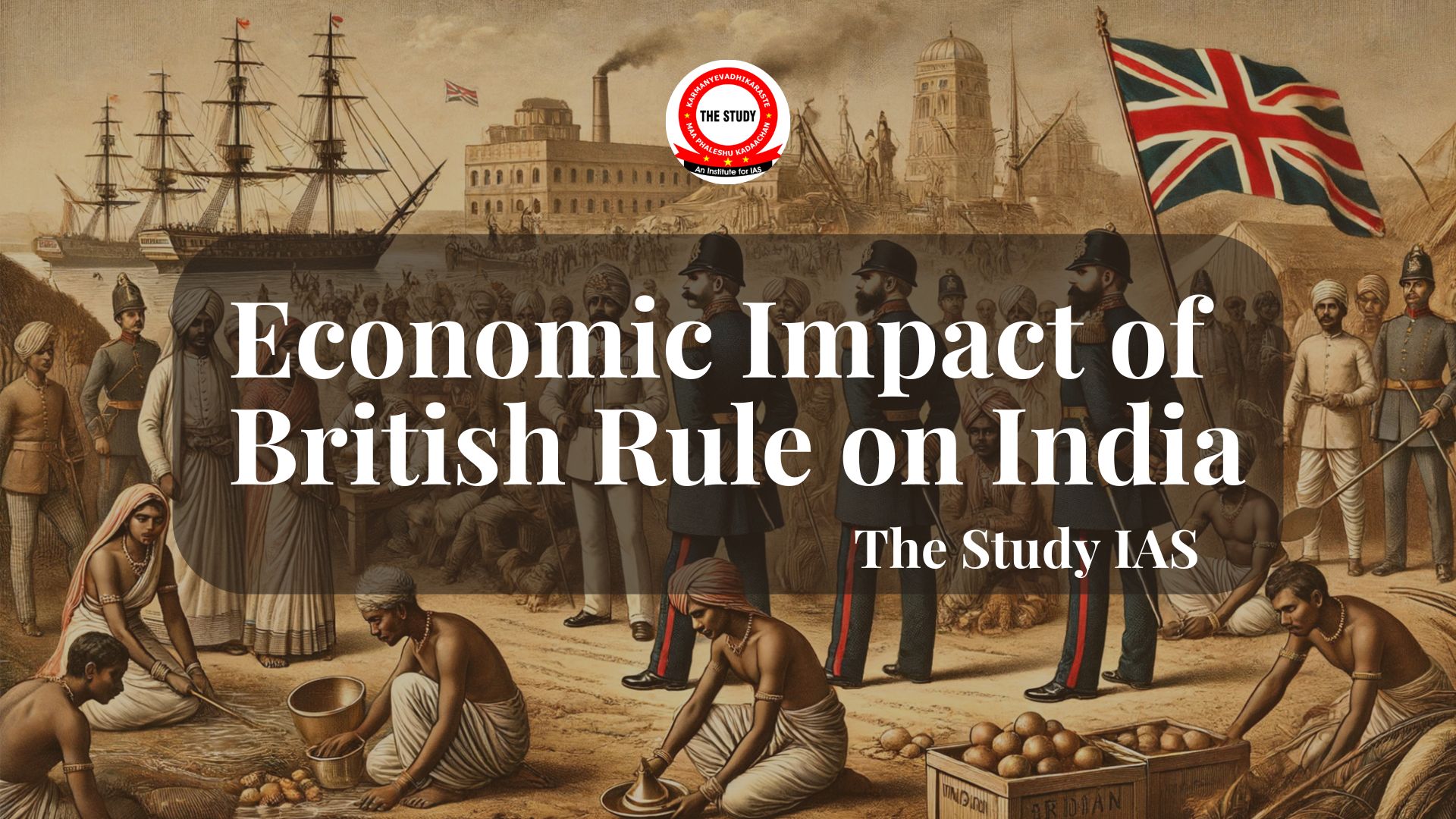Role and Importance of Classical Languages in India.
The article “Which are India’s 5 New ‘Classical Languages’” by A. Divya and Arjun Sengupta (The Indian Express, Oct 05, 2024) highlights the Indian Government’s October 03, 2024 decision to recognise five new classical languages—Marathi, Pali, Prakrit, Assamese, and Bengali—aimed at promoting their ancient heritage, literary contributions, and fostering academic research and preservation. Inspired by the article, this essay asserts that classical languages in India hold immense cultural, historical, and intellectual value, offering insights into ancient traditions, while fostering national identity. Despite political challenges and modern demands, preserving these languages is crucial for maintaining India’s linguistic heritage and ensuring future relevance.
India is a country of many languages, each with its own rich history and culture. Among these, a select few have been granted the status of “classical languages” by the Indian government. Languages such as Tamil, Kannada, Telugu, Malayalam, and Sanskrit are not only ancient, but they also carry a treasure trove of literature, philosophy, and scientific knowledge. Classical languages hold a special place in India’s heritage, symbolising both cultural pride and intellectual achievement. This essay discusses the significance of classical language status in India, how it is determined, its impact on education and culture, and the challenges of preserving these ancient tongues.
What Makes a Language Classical?
A language is granted classical status based on several criteria. First, it must have a recorded history of at least 1,500 to 2,000 years. It should also have a vast collection of ancient literature and demonstrate an independent linguistic tradition, meaning that it wasn’t simply borrowed from another language. This status is a way for the government to acknowledge the language’s contribution to India’s cultural and intellectual traditions.
Sanskrit, Tamil, Kannada, Telugu, Malayalam, and Odia were among the first languages to be granted classical status. More recently, languages like Marathi, Pali, Prakrit, Assamese, and Bengali have also received this recognition. The government provides special support to these languages for research, preservation, and education, ensuring their continued relevance in modern times.
The Role of Ancient Texts
One of the most important contributions of classical languages is their literature, which provides invaluable insight into India’s past. For instance, Sanskrit is the language of the Vedas, the ancient religious texts of Hinduism, as well as epic tales like the Mahabharata and Ramayana, which have shaped Indian culture for centuries. Tamil, another classical language, has produced literary masterpieces like the Thirukkural, a collection of aphorisms on ethics and morality.
These ancient texts are not only valuable for understanding history and religion but also for their contributions to science, medicine, and philosophy. For example, the Sanskrit text Charaka Samhita is a foundational work in Ayurveda, the traditional Indian system of medicine. Preserving these texts through digitisation and making them accessible to scholars ensures that their knowledge is not lost to time.
Cultural Pride and Identity
Classical languages are more than just tools for communication; they are symbols of cultural pride. In many regions, the recognition of a language as classical is a source of deep emotional connection. For instance, in Tamil Nadu, Tamil is more than just a language—it is tied to the identity and pride of the Tamil people. In 2004, when Tamil was officially granted classical status, it was seen as a recognition of the language’s importance to Indian and Tamil culture.
Similarly, other states, such as Karnataka and Andhra Pradesh, pushed for their own languages—Kannada and Telugu—to be recognised as classical. This competition to achieve classical status has occasionally led to political debates, as politicians and regional leaders often use language recognition to gain favour with local populations.
Preserving India’s Linguistic Diversity
India is home to a multitude of languages, each contributing to the country’s rich cultural tapestry. Recognising classical languages highlights this linguistic diversity, emphasising the need to protect not just commonly spoken languages, but also those that are no longer used in daily life, such as Pali and Prakrit. Although these languages are not spoken widely today, they remain important in the study of India’s religious and historical traditions, especially in relation to Buddhism and Jainism.
The recognition of classical languages also underscores the fact that India’s culture is made up of many different parts. Sanskrit, closely linked to Hindu traditions, is just one example. Pali and Prakrit, associated with Buddhism and Jainism, offer a broader view of India’s religious and cultural history. By supporting these languages, India acknowledges and preserves the diverse elements of its past.
Academic and Research Opportunities
When a language is granted classical status, it opens the door to academic and research opportunities. Special research centres, such as the Central Institute of Classical Tamil, are set up to support the study and preservation of these languages. These institutes provide scholarships, translation projects, and other resources to help scholars study ancient texts. In doing so, they contribute to a deeper understanding of India’s intellectual traditions.
Classical languages are often studied across multiple disciplines, including archaeology, history, linguistics, philosophy, and medicine. For instance, the study of Sanskrit texts can provide insights into ancient Indian medicine, while Tamil literature offers a glimpse into the early history of South India and its connections with Southeast Asia. By studying these texts, researchers can better understand how India’s culture evolved and how it interacted with other parts of the world.
In addition, incorporating classical languages into the education system can strengthen students’ connection to their heritage. Learning these languages allows students to explore India’s rich intellectual history and fosters a sense of pride in their cultural identity.
Challenges in Preserving Classical Languages
Despite the importance of classical languages, preserving them is not without its challenges. One of the main difficulties is the lack of qualified teachers who are capable of teaching these languages at an advanced level. Many schools and universities struggle to find experts with the necessary knowledge to offer comprehensive courses in languages like Sanskrit or Pali. Without a sufficient number of skilled teachers, it becomes difficult to maintain classical languages as part of the education system.
Another challenge is the perception that learning classical languages may not be useful in today’s world. With the rise of technology and globalisation, many students and parents prefer to focus on modern languages like English or Hindi, which are seen as more practical for daily life. As a result, classical languages are often offered as optional subjects in schools, rather than being part of the core curriculum.
Political Factors in Language Recognition
The recognition of classical languages is sometimes influenced by political considerations. For example, the recent recognition of Marathi as a classical language took place just before elections in Maharashtra, leading some to question whether the decision was politically motivated. Similarly, the inclusion of multiple languages such as Pali, Prakrit, Bengali, and Assamese seems to be a way of balancing regional interests and ensuring that no single state feels more favoured than another.
These political dynamics can make the process of granting classical status to languages a sensitive issue. In a country as linguistically diverse as India, decisions about language recognition can have far-reaching social and political effects. For this reason, the process must be handled carefully to maintain unity and respect for all of India’s diverse linguistic communities.
Conclusion
Classical languages are an integral part of India’s cultural heritage, preserving ancient wisdom, literature, and philosophy for future generations. By recognising and supporting these languages, the Indian government ensures that they remain a living part of the country’s intellectual and cultural landscape. However, the preservation of classical languages faces challenges, including the shortage of qualified teachers, concerns about overburdening students, and political factors that influence language recognition.
Despite these obstacles, the status of classical languages in India is essential for celebrating the country’s linguistic diversity and fostering a deeper understanding of its historical and cultural traditions. By continuing to support the study and preservation of these languages, India can ensure that the wisdom of its past remains relevant and accessible to future generations.
Subscribe to our Youtube Channel for more Valuable Content – TheStudyias
Download the App to Subscribe to our Courses – Thestudyias
The Source’s Authority and Ownership of the Article is Claimed By THE STUDY IAS BY MANIKANT SINGH



